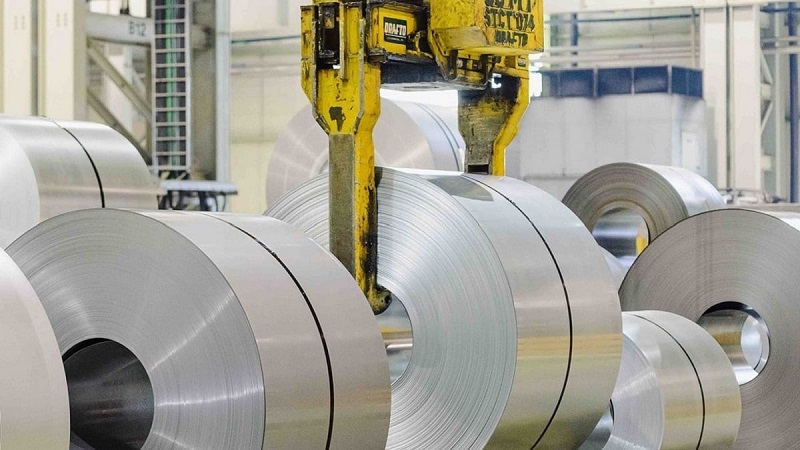
For any iron-based alloy to be classified as stainless steel, the alloy of the material must contain at least 11% chromium. While the 300 series contains 18 to 30 percent chromium, alloys belonging to the 400 series contain about 11 to 12 percent chromium in their chemical composition. Generally, stainless steel with a chemical composition of more than 10.5% chromium can form a passivation oxide layer. While several grades in the 300 series show resistance to oxidative corrosion, the lower chromium content in the 400 series makes it relatively less resistant to this problem. Although the oxidation resistance is affected by the chemical composition of the brand.
Another difference between the two series is that the stainless steel of the 300 series belongs to the austenitic class, while the 400 belongs to the martensitic class. This means that the microstructure of the two grades is different from each other, and therefore the mechanics and properties will be different. Like all martensitic stainless steel alloys, the 400 series exhibits a body-centered tetragonal structure, or BCT microstructure. The microstructure of BCT is composed of the basic components of Fe-Cr-C, which is martensite in the hardened state. The ratio of chromium to carbon in this microstructure is balanced in a way that maintains the martensitic structure. Although the 400 series has a BCT microstructure.
The price difference between the two stainless steel series is due to the elements contained in their chemical composition. The chemical composition of the 300 series steel includes chromium, nickel and molybdenum as its basic elements. On the other hand, the 400 series contains elements such as chromium and manganese. Compared to the 300 series, all stainless steel alloys under the 400 series cost less due to the absence of nickel in the chemical composition. Since nickel is a commodity metal, its price remains volatile. Fluctuating prices almost always lead to an increase in the cost of using nickel as an alloying element. This in turn affects the overall cost of the product.

Since both series have several alloy grades belonging to them, their corrosion resistance will depend on their chemical composition. However, if we compare the two series as a whole, the performance of the austenitic 300 series stainless steel will be superior to the martenitic 400 series. There are several reasons for this. First of all, the high use of nickel and chromium in the 300 series means that the corrosion resistance of the alloy has also become higher. Due to the relatively low alloying of the 400 series, corrosion resistance is low, which means that these steel alloys rust easily. In addition to nickel, the 400 series also adds trace amounts of manganese, sulfur, phosphorus, etc. These elements, while helpful, do not play a major role in improving the corrosion resistance of the alloy.
There are also differences in tensile strength and yield strength between the two series. Since the 300 series belongs to the austenitic variety, they are highly malleable and therefore easily deformed. On the other hand, the martensitic structure with a higher carbon content makes the 400 series more robust, as they tend to have higher hardness. The increase in carbon content is also what makes the 400 series stainless steel stronger.
What are the design features of modern stainless steel screens?
2022-07-28Soaring, bursting cabins, and still out of stock, the order will be placed in March next year!
2020-11-30Galvanized sheet sound barrier
2023-08-24The five famous stainless steel buildings you should know.
2022-12-19Electric Generator: A basic introduction to how generators work, their features and applications
2023-03-07How to heat treat electrical steel
2023-09-06






